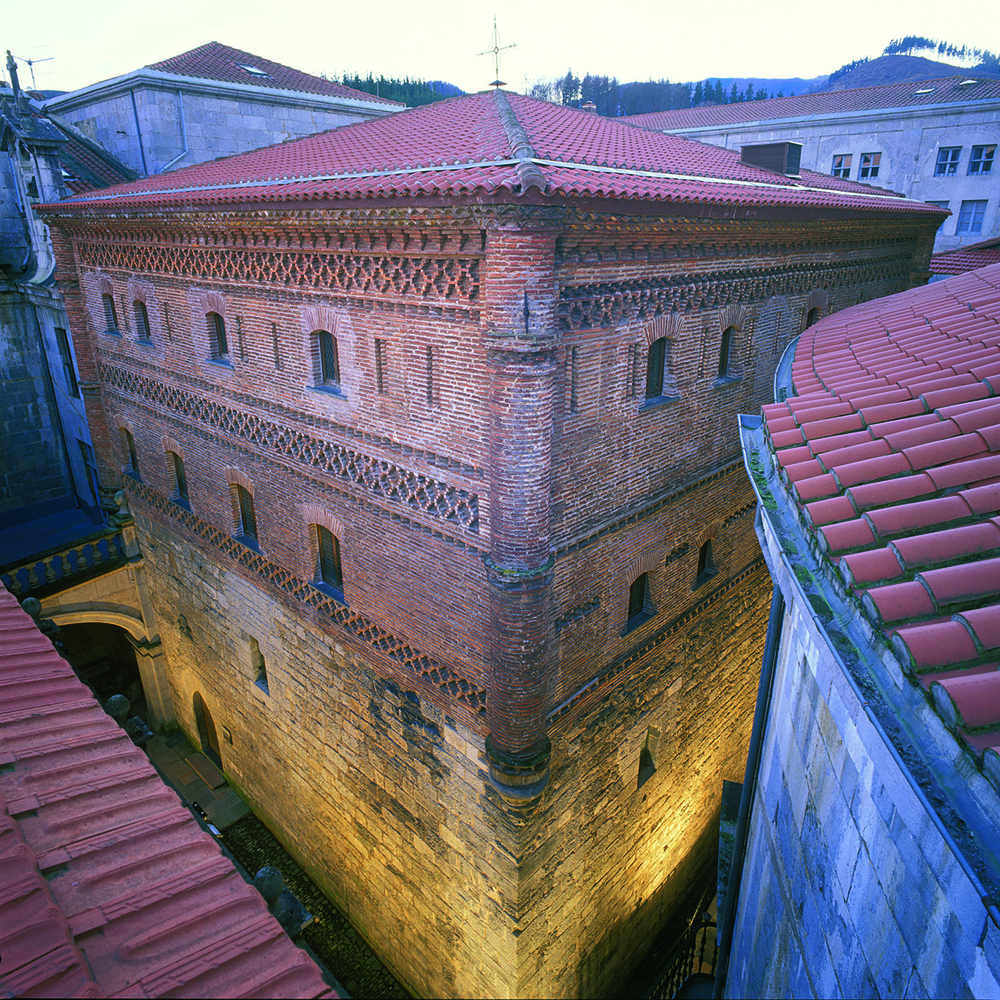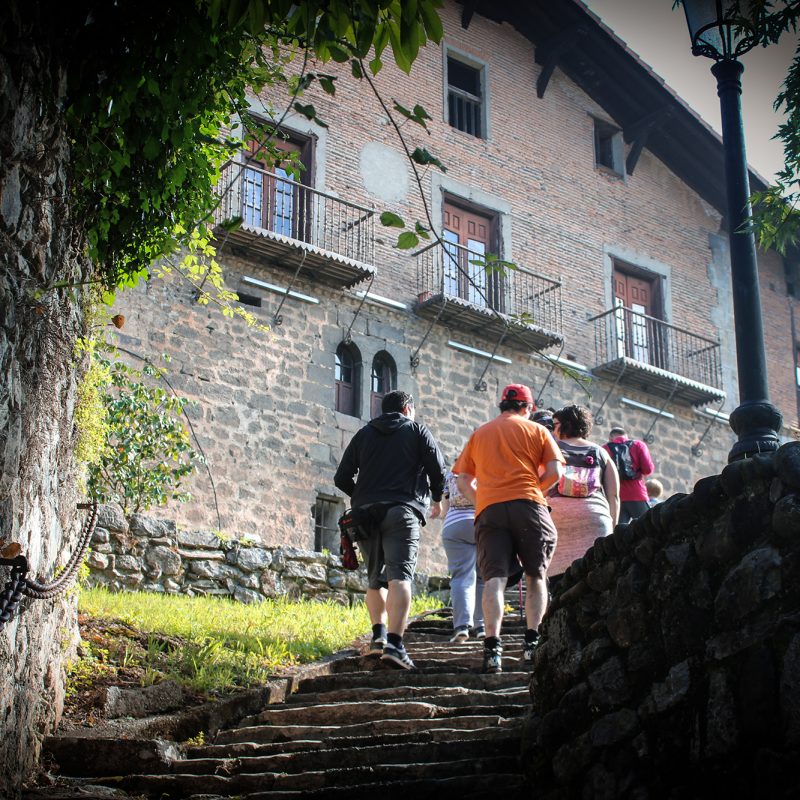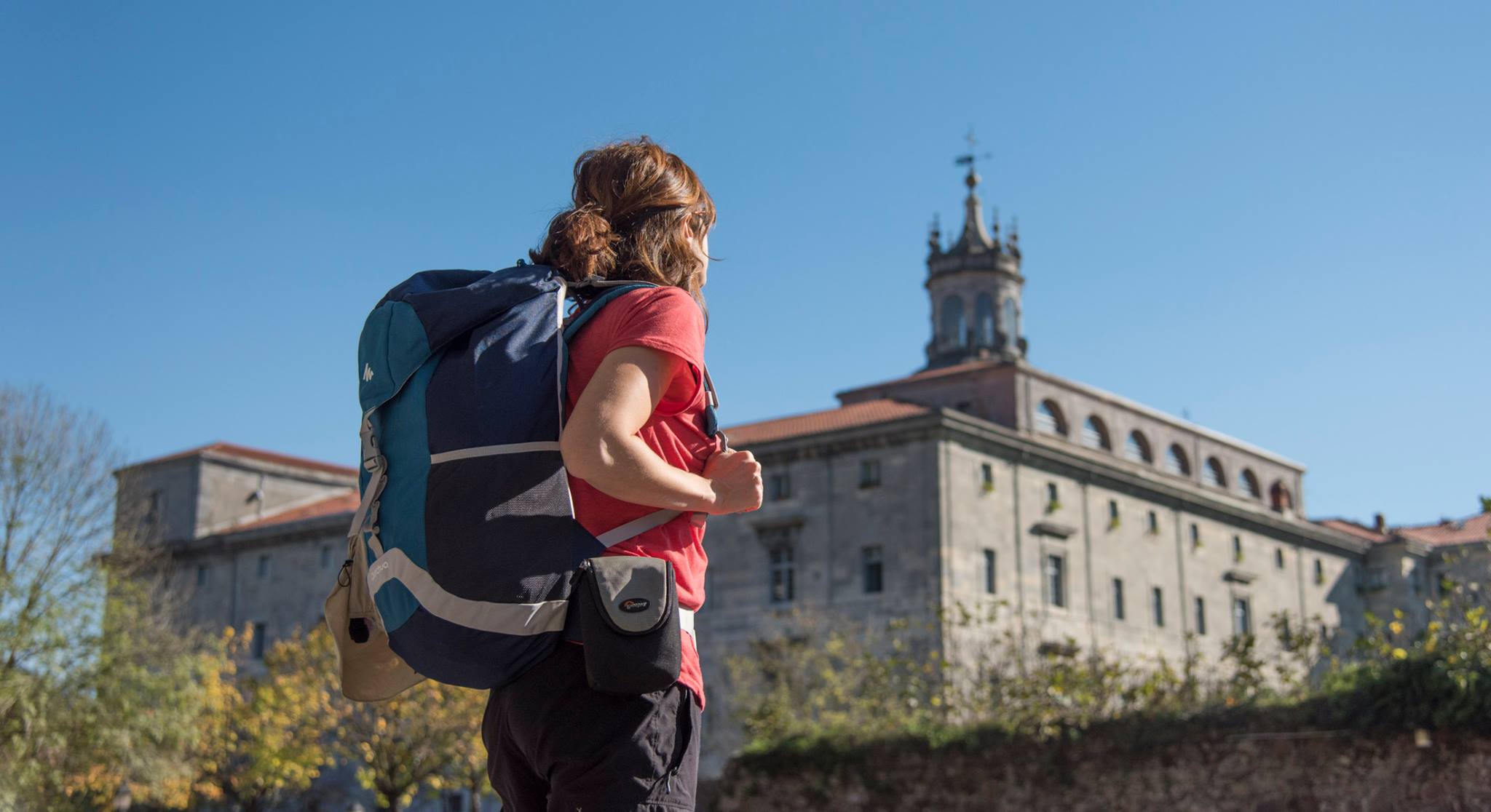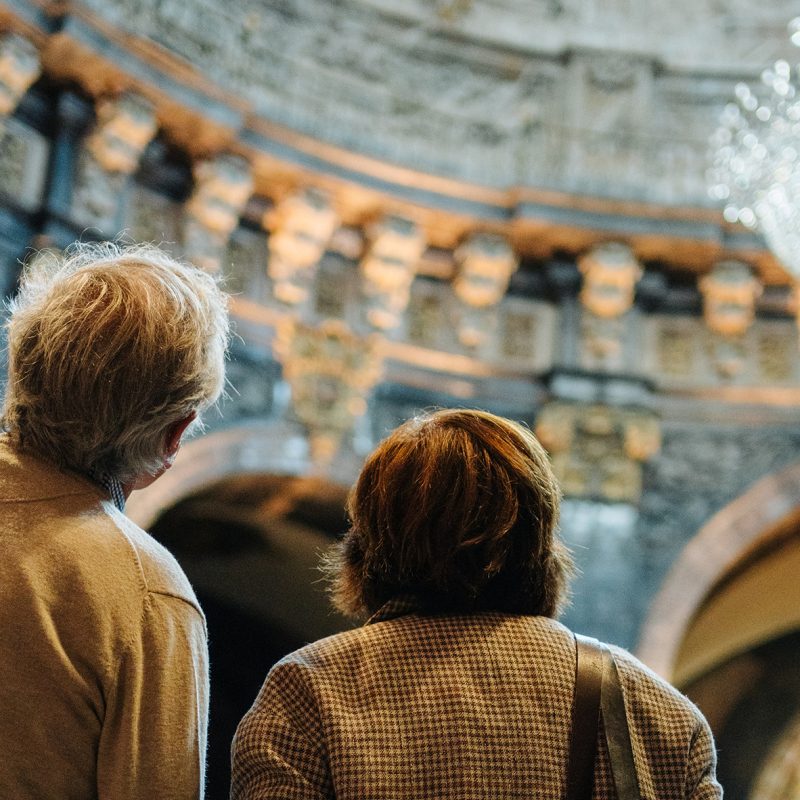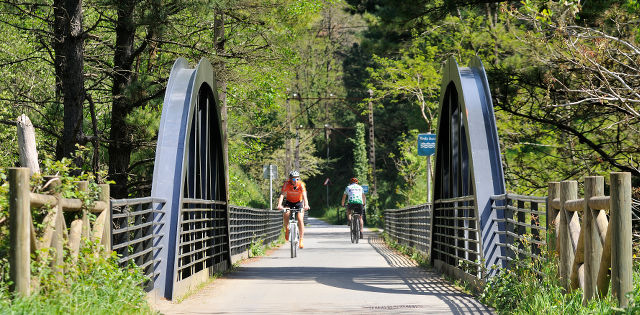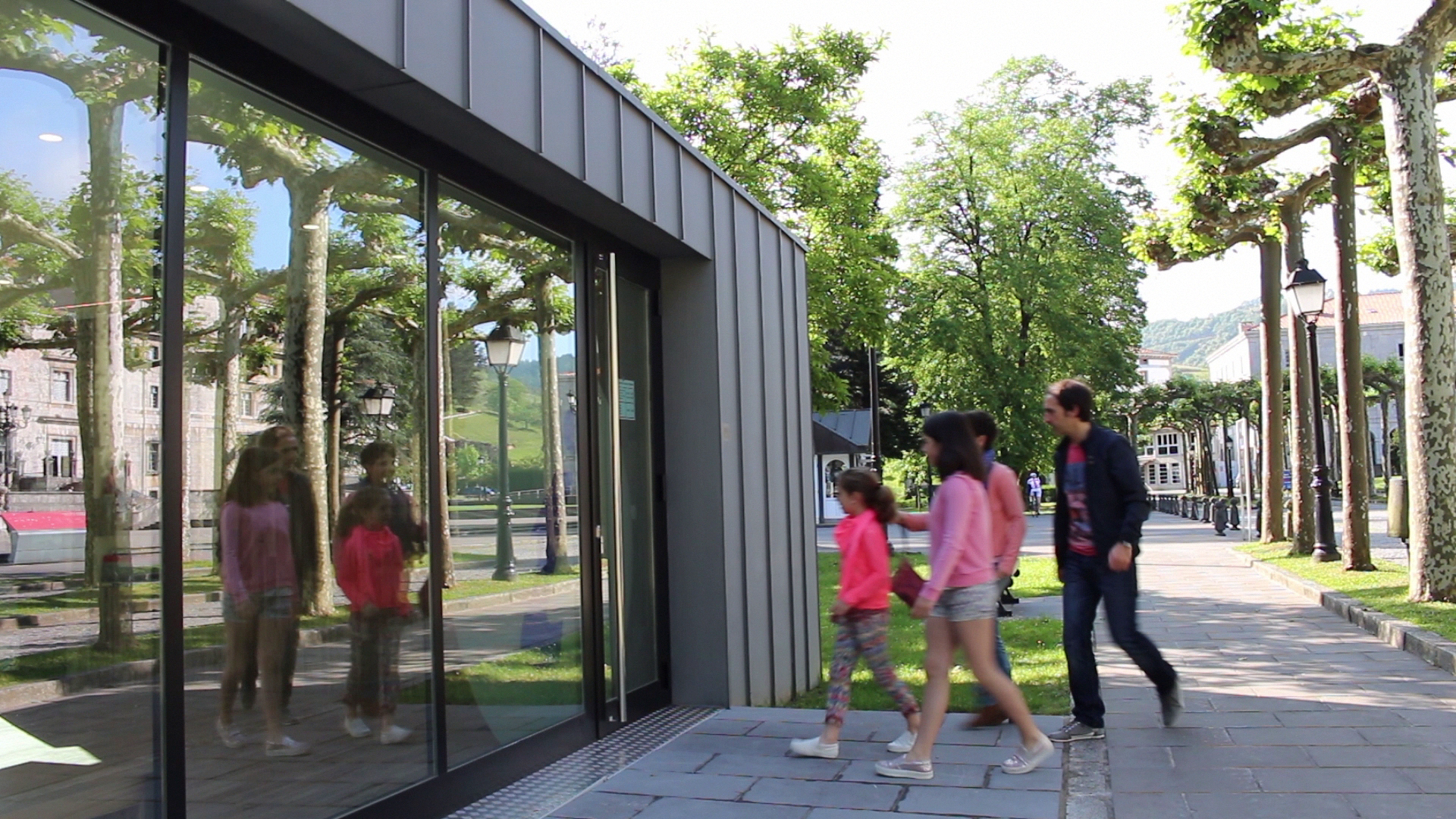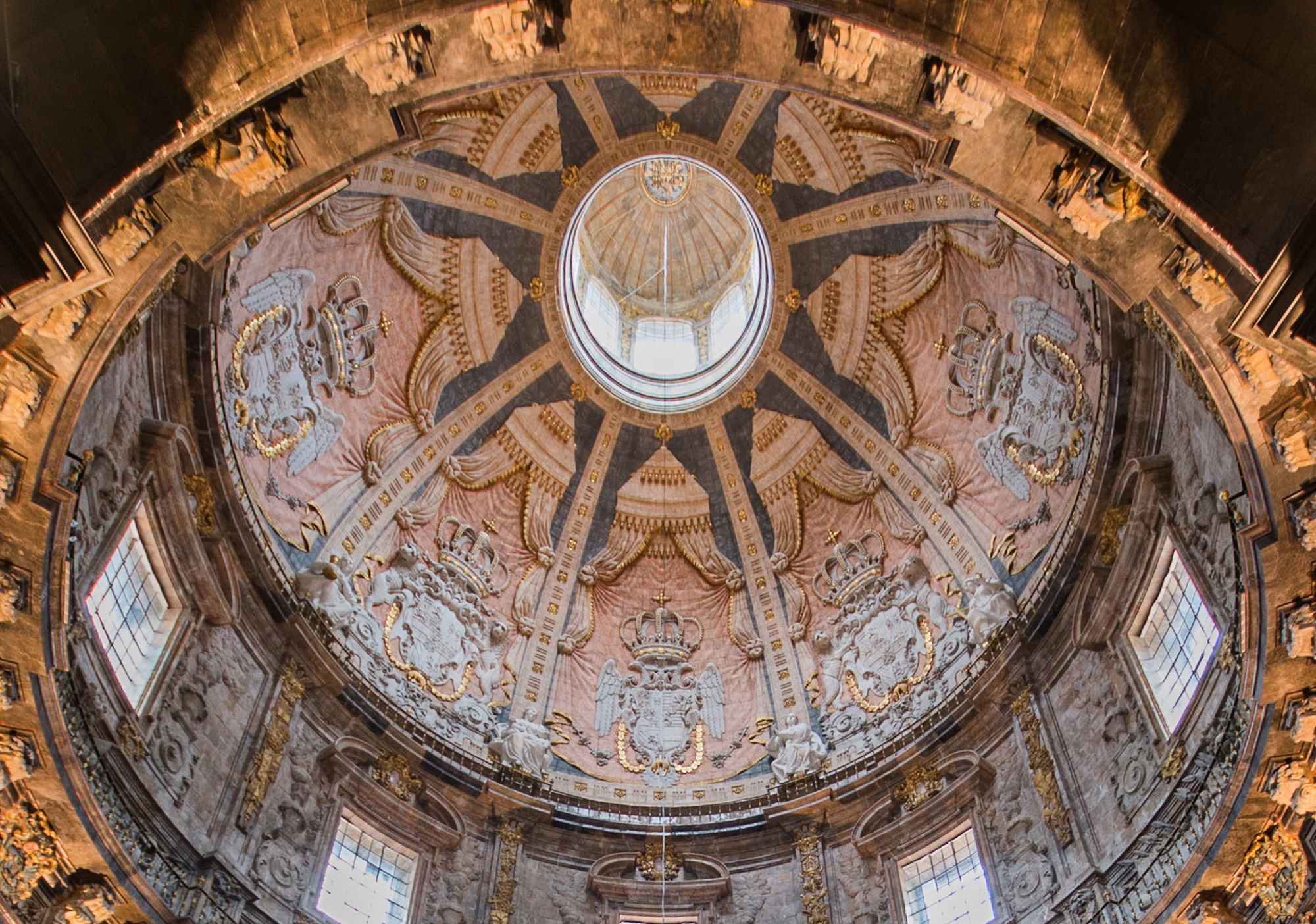
Loyola
Explore the house where Saint Ignatius was born
In the central part of the green Urola Valley, you can find one of the province’s most important historical complexes. It links both religious and civil history, as it is the birthplace of the illustrious Saint Ignatius of Loyola, son of a noble but bellicose family from Oñati. The fortified medieval tower is surrounded, like a treasured shrine, by the Baroque basilica and the Roman-style Sanctuary.
SAINT IGNATIUS’S BIRTHPLACE
The Casa Santa, or Holy House, is where Saint Ignatius, founder of the Company of Jesus, was born in 1491. The youngest son of the noble Loyola family, he spent his childhood there. As a young soldier he was injured at war and he was transferred back to his childhood home in 1521. During his convalescence, he read religious books and decided to live life like the saints. This was the moment of his conversion, when he decided to dedicate his life to God and serve Him as a good Christian. The room where he made that monumental decision is still preserved today, and it has been converted into the Chapel of the Conversion. The rest of the tower retains its original medieval structure, which indicates the Loyola family’s power in the Middle Ages.
BASILICA
The spectacular basilica is at the centre of the Sanctuary. Its foundations date back to 1681, when the Queen Mother of Spain, Mariana of Austria, expressed her wish to create a school and basilica at Saint Ignatius’s birthplace. She requested that the Marquess and Marchioness of Oropesa, who owned the tower house, donate the property to her. It was then transferred to the Society of Jesus.
Once they had ownership of the Loyola family’s property, the search began to find a suitable architect for the new building. The chosen one for this grand work of architecture was Carlo Fontana (1638-1714) of Rome, a loyal disciple of Bernini.
A group of Jesuits settled in the house in 1682, and in 1688 levelling and foundation work began under the direction of master stonemason Martín de Zaldua. The Italian influence is particularly noticeable in the magnificent dome, made with stone from the Izarraitz quarries and completed in 1735 under the direction of Ignacio de Ibero.
The portico is inspired by the style of the Churriguera brothers, the architects behind the Plaza Mayor in Salamanca. Its oval form disrupts the straight lines of both façades. It is crowned by the coat of arms of Kind Philip V of Spain, carved in Carrara marble. The basilica was completed and consecrated in 1738.
The final major part of the temple was its magnificent main altarpiece, the crowning work of Ignacio de Ibero’s career. It was built in 1750 and its most striking elements are the Solomonic columns and their lively decorations in marble and agate. The statue of the saint in agate-studded silver was added to the altarpiece in 1758. It was donated by the Royal Guipuzkoan Company of Caracas and was valued at 4,000 pesos. After the completion of the altarpiece, Ibero designed the smaller altarpieces and the golden pulpits.
